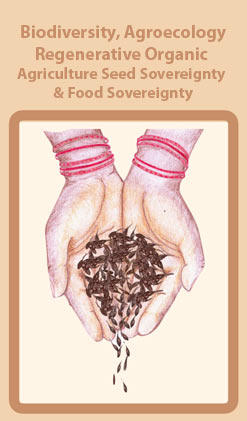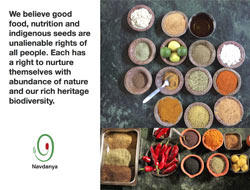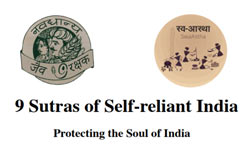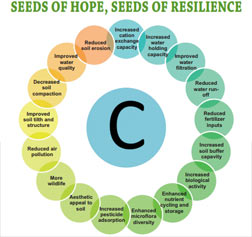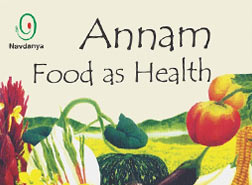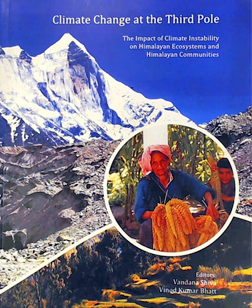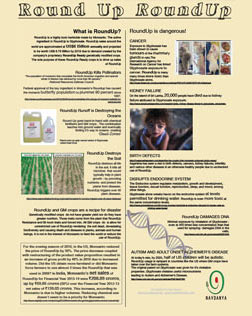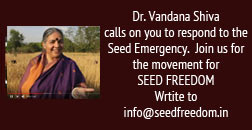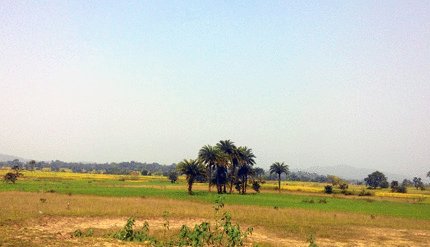
11/10/15
Village saagbheni
Panchayat rampur
200 people
Adivasi community
They are all farmers and have seen no migration of village members.
They make a dam every year over the river Dauna, which runs across their village. Its a community initiative for irrigation in their farms & daily use. They grow Gehun, sarson, and other foods. Building of the natural man made dam is self motivated.
It was essential to involve them in the Sarson Satyagrah initiative to prevent GM mustard seeds entering their food chain and farms.
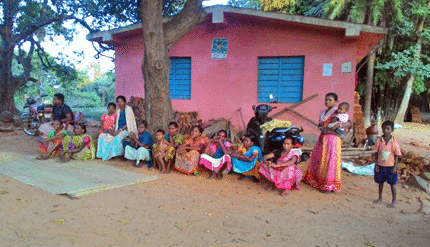
10/10/15
Jharkhand
Village mahadev reddy
Dumka
30 people
Adivasi Community
They use DAP, Urea- since 10 to 15 years and the use has doubled.(5kg to a bigha now 10kg to a bigha)
They use the chemicals in the river beds where they grow wheat.
They have cows, ox and poultry
According to them there isn't enough cow dung for manure.
They have observed the increase in illnesses in their community. In respect to health & the increasing cost they were eager to know alternatives.
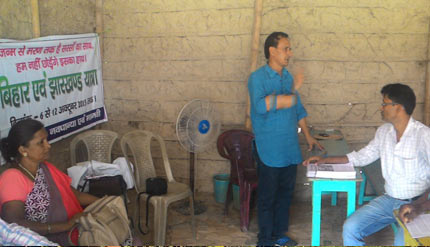
9/10/15
Village Ratanpura, District Bhagalpur
31 people participationfrom568 SHG's, the message will be spread across 2500 people.
Village nathnagar
In grace mission academy
50 farmers
Grow their own gehu, dhaan, makka, jute. They are dependent on commercial seeds. Even so they still use desi beej for some crops. They had insight into the damage caused by chemicals in the soil and their health. Sarson satyagrah resonated with their shift to organic.
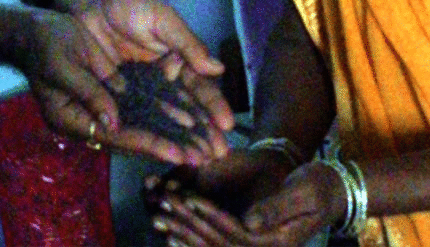
8/10/15
First village, Distict Madhubani
30 ppl
The people of this village were exposed to the use of hybrid seeds and fertilizers like DAP & urea. Although they still have a recollection of the local & tradtional seeds they used. Especially the seeds of parejaat pusa gobi which could be 2 kgs by weight and looked like snow.
On the issue of sarson satyagrah they pkedged to use desi and local sarson without the use of fertilizers.
2nd village, zilla madhubani & supaul border.
We also met with Maluk sau he does grafting for mango, lychee, kathal, arjun trees. By using his modified technique of grafting he has now been abls to generate income. The other village people have begun using the method.
They only use organic input to grow the crops and tree saplings.
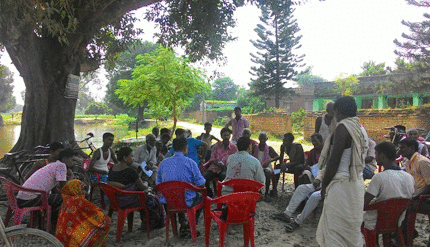
Day 2,
7th October, 2015
3 Villages
Which had 50 farmers from the dalit community who are Share croppers not land owners. Historically, they were land tillers and have started farming 20 years back. They farm on 2- 3 bhigas of land. Their total external input expenditure is on an average rs 15,000/- , ie chemicals like urea, DAP, water pump, diesel, etc. The do not cover even 1/4th of the amount after the harvest of the crop.
The better news is that they mostly use desi beej.
Their interest was alot in using organic inputs and not chemical fertilizer. They understand the gravity of the threat of GM mustard entering the market and their food.
2nd village, 60 farmers gathered together. They had a few farmers practising organic farming. Most village members grow crop diversity, cushioning them from the market price shocks.
Here , the village has also seen disturbances because of conflict between naxalites and the government.
Here a farmer, he had mango(amrapalii),lychee orchard and an array of crop diversity. They were also using solar panels to generate power for the water pump and was using grafting to increase plant diversity. The beauty of it was to see use of traditional knowledge in synergy with technology.
3rd village had listed many vegetable farmers and they were still using their traditional means of saving seeds in clay and cow dung containers.
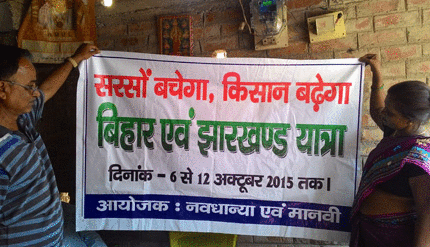
Day 1,
6th October, 2015
Bihar
Sahapur paturi
Navdanya with Manvi met with over 50 farmers in two villages, in an effort to tell them about the clouding threat of GM mustard entering the market. In turn forcing them to use only GM Mustard and abandond desi sarson.
The farmers do remember the damages caused by Bt Maize, the main threat being farmers suicides a result of the failure of the crop.
To prepare for the coming genetic modification threat, they exchanged desi saron, locally known as tori.
Sign Petition

